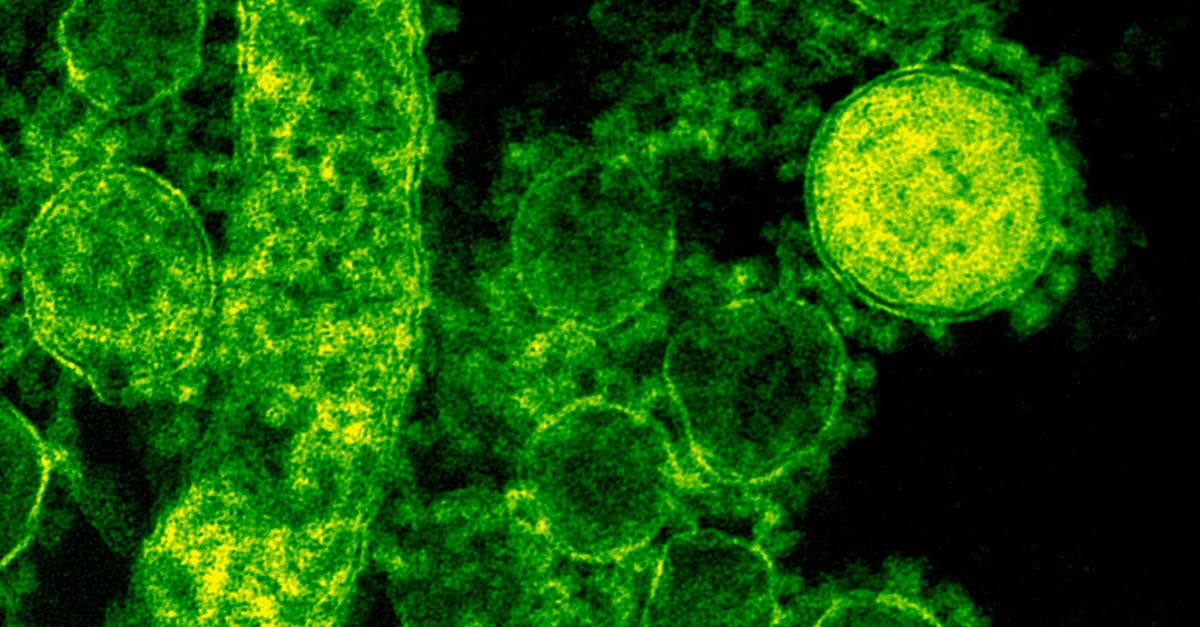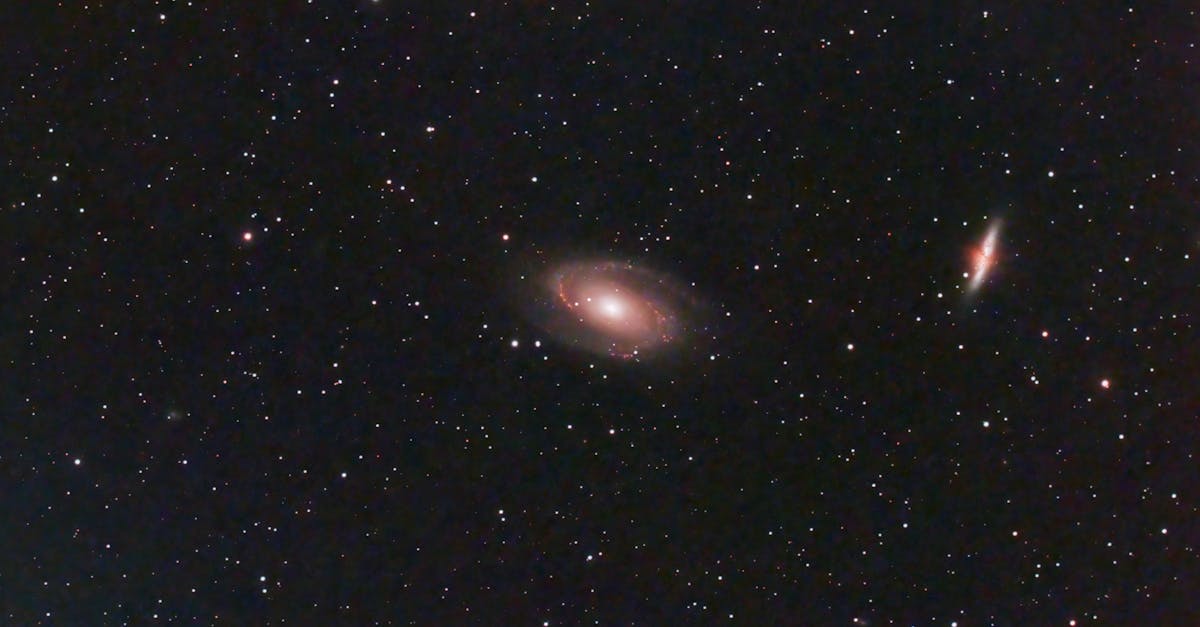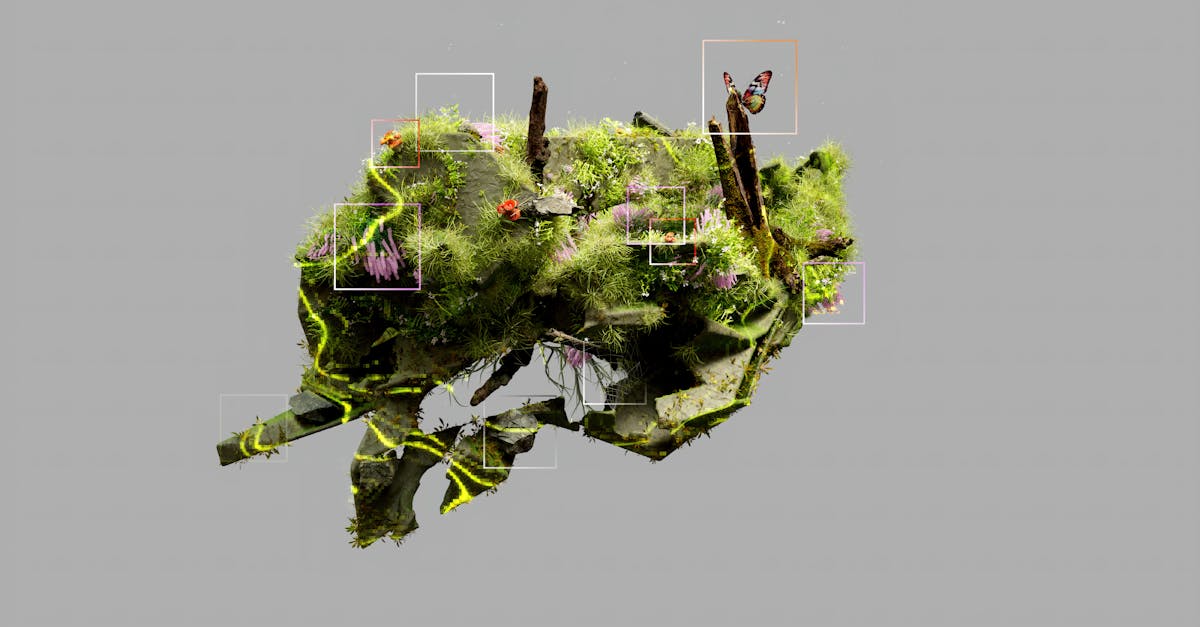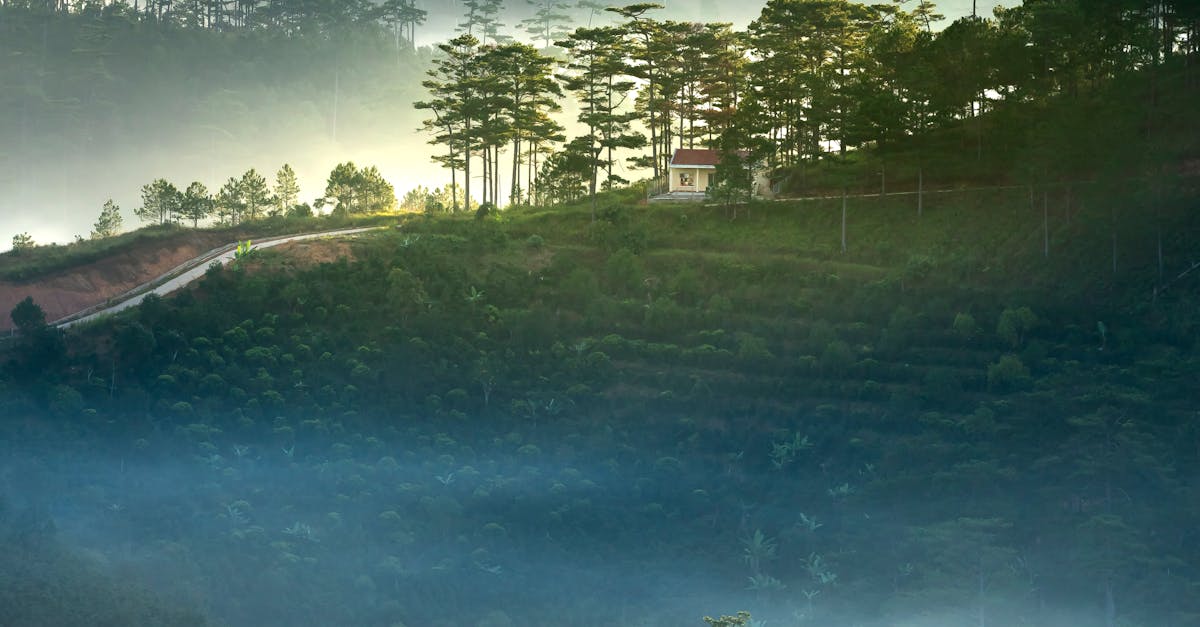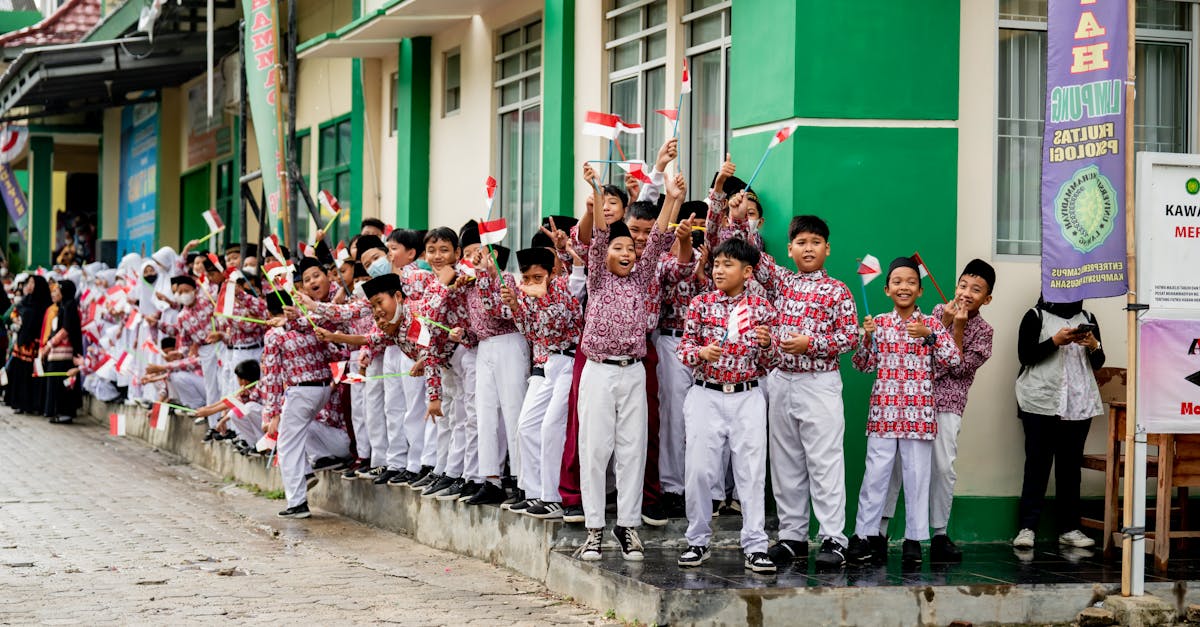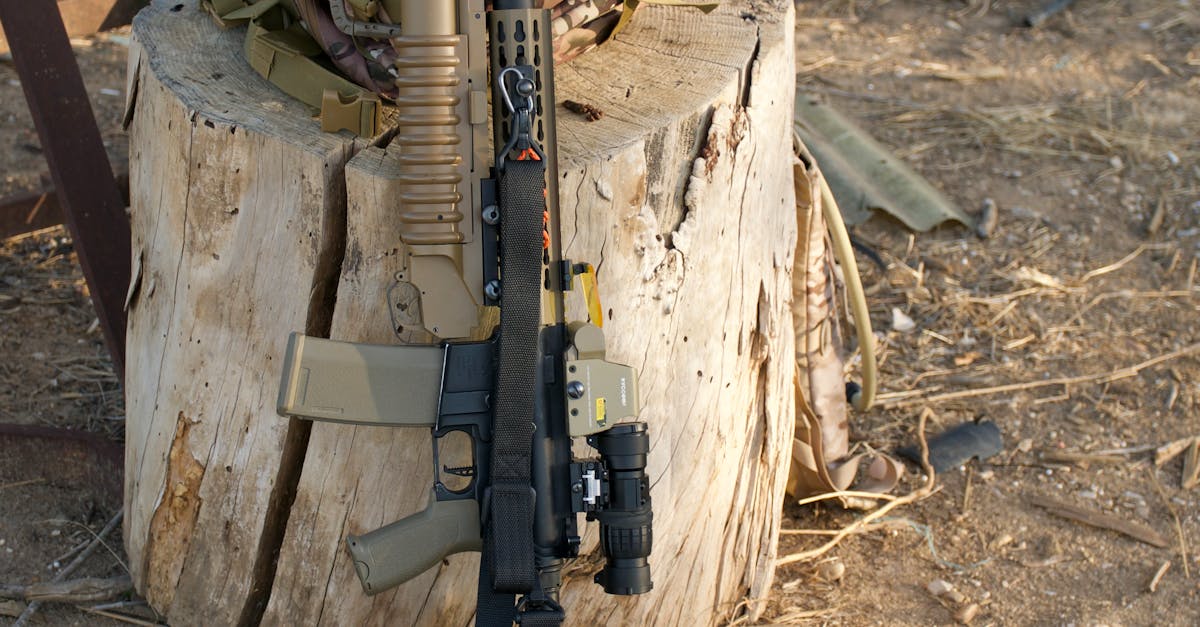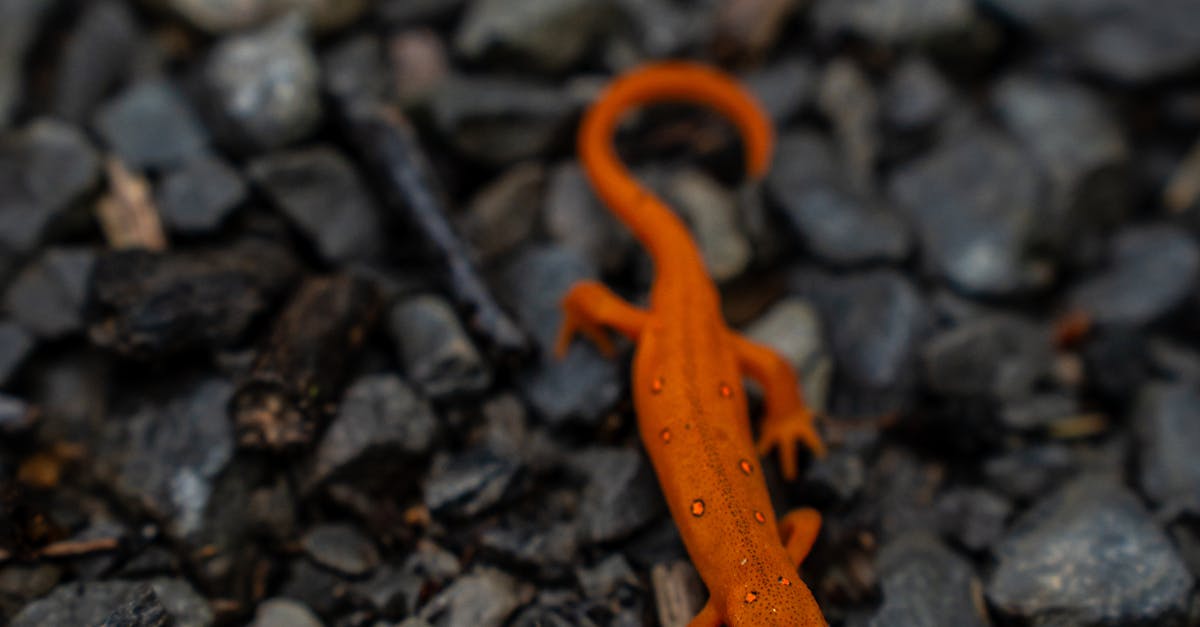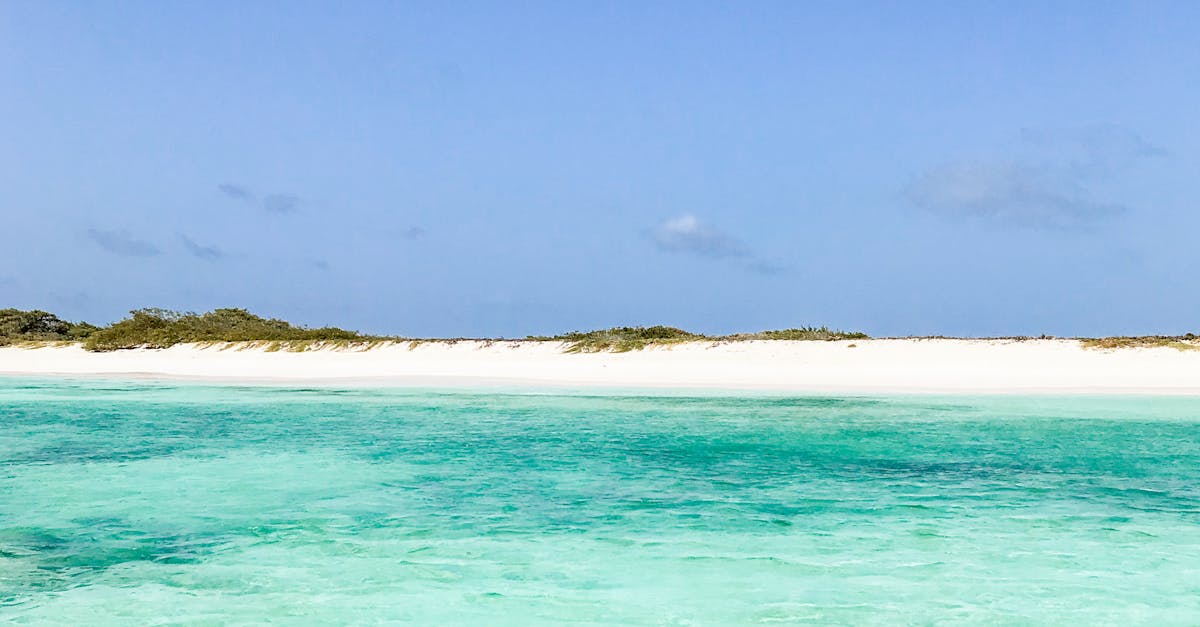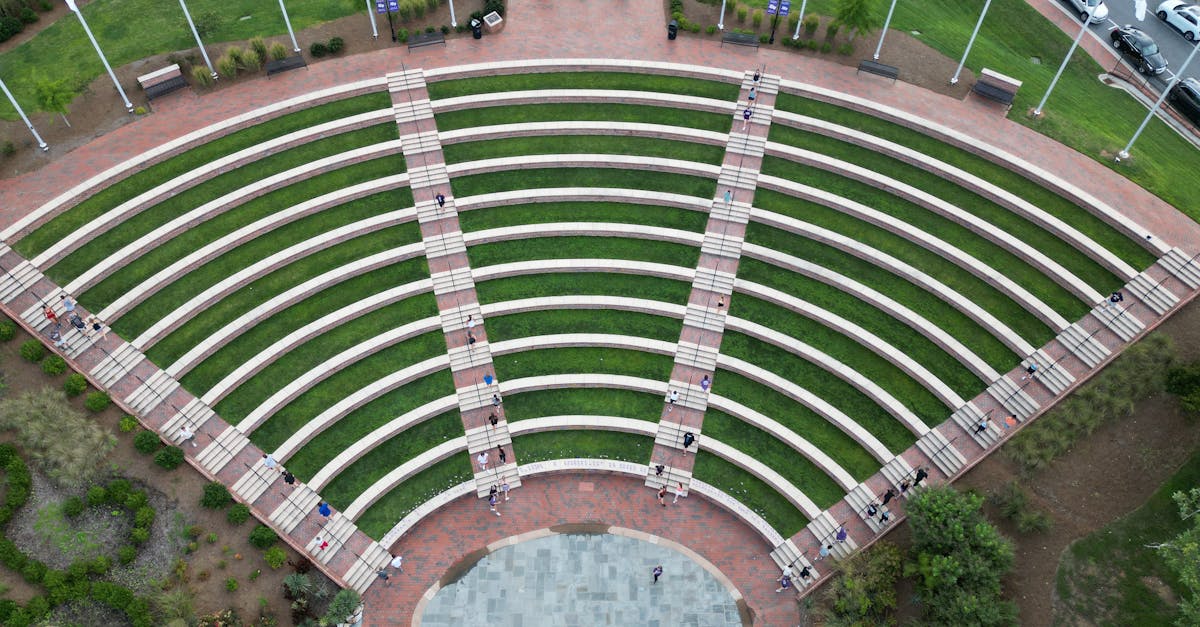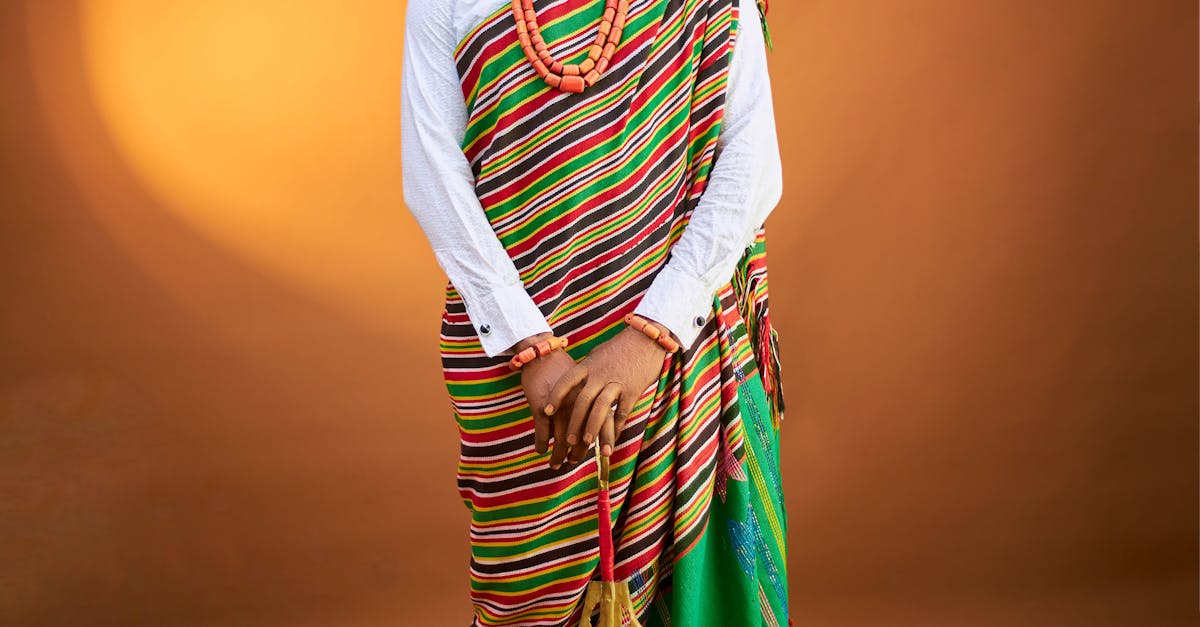Agri-Food Exports
-
APEDA successfully completed India’s first commercial pomegranate exports to Australia, showcasing its role in facilitating international trade.
-
APEDA is a government body established in 1985 under the APEDA Act, replacing the PFEPC.
-
It functions under the Ministry of Commerce and Industry.
-
APEDA’s main objective is to develop and promote exports of scheduled agricultural and processed food products.
-
Scheduled products include fruits, vegetables, meat, poultry, dairy, confectionery, and more. Exporters of these products must register with APEDA.
-
APEDA provides financial assistance, information, and guidelines to exporters.
-
APEDA sets standards and specifications for scheduled products, improves packaging and marketing, and inspects products to ensure quality.
-
APEDA also acts as the secretariat to the National Accreditation Board (NAB) for organic exports.
-
APEDA’s activities include training, industry development, surveys, feasibility studies, and statistical data collection and publication.
Javelin Missile
- India and the US are planning to procure and co-produce Javelin anti-tank guided missiles.
- The Javelin is a man-portable, fire-and-forget missile.
- It’s jointly produced by Lockheed Martin and Raytheon.
- Designed to destroy heavily armored vehicles like main battle tanks.
- Also effective against fortifications, bunkers, and helicopters.
- Has a range of 2.5 km.
- Uses lock-on before launch and automatic infrared guidance.
- Its “fire-and-forget” capability allows immediate user cover after launch.
- The Javelin’s HEAT warhead attacks tanks from above, exploiting weaker armor.
- India currently does not possess Javelin missiles. This planned procurement is newsworthy.
- Infrared guidance passively tracks the target’s heat signature.
Sowparnika River
- Sowparnika River, located in Udupi district of Karnataka, is facing severe pollution.
- Pollution is exacerbated by sewage discharge from approximately 49 lodges near Kollur Mookambika Temple, many built on government property.
- The temple attracts lakhs of devotees annually, contributing to increased waste generation.
- The existing underground drainage (UGD) system and sewage treatment plant (STP) are malfunctioning, leading to untreated sewage being discharged into the river and its tributaries (Agnithirtha and Kashithirtha).
- Environmental groups, including the National Environment Care Federation (NECF) and Aranya, Parisara Mattu Havamana Badalavane Sangha, have raised concerns and demand action.
- A case regarding the pollution is pending before the National Green Tribunal (NGT).
- The Byndoor MLA supports environmentalists’ concerns and proposes a development corridor project to address the issue and improve water quality.
- The river’s unique geographical feature near Maravanthe Beach, where it runs parallel to the Arabian Sea, is threatened by pollution.
- The Sowparnika River holds mythological significance, associated with Garuda’s penance.
- The river originates from the Kodachadri Hills in the Western Ghats and flows through lush green forests before merging with the Arabian Sea.
Swarm Quakes
-
An earthquake swarm, a series of many low-intensity earthquakes without a main shock, hit Santorini and nearby Greek islands.
-
A state of emergency was declared, prompting thousands to evacuate.
-
The swarm involved numerous tremors, sometimes occurring every few minutes.
-
Seismic activity has lessened recently, but uncertainty remains regarding future tremors.
-
The cause is a combination of tectonic and magmatic processes; magma movement is influencing the tremors, but a volcanic eruption isn’t currently anticipated.
-
Earthquake swarms differ from aftershocks; aftershocks decrease in frequency over time, while swarms have no identifiable main shock.
-
Swarms can be caused by fluid movement (e.g., water seeping into rock fractures) and magma movement within the Earth’s crust. Magma pushes through cracks, causing earthquakes near the crack tip.
-
Slow-slip events, essentially slow-motion earthquakes, are another potential cause, though not explicitly mentioned in relation to this event.
-
Similar swarms have been observed in other locations, including peninsular India, often linked to water pressure changes.
Green Sovereign Bonds
-
India issued Sovereign Green Bonds (SGrBs) to fund environmentally friendly projects, but investor demand is low.
-
SGrBs are debt securities issued by the government, exclusively funding green initiatives like renewable energy, sustainable agriculture, and waste management.
-
The SGrB framework aligns with ICMA principles, focusing on use of proceeds, project evaluation, management, and reporting. Eligible projects include renewables, urban transport, and green buildings; fossil fuels and nuclear power are excluded.
-
Funds must be allocated within 24 months of issuance; a Green Finance Working Committee oversees project selection.
-
Weak investor interest results in low greenium (yield difference), limiting SGrB funding. Liquidity issues and a lack of a robust social impact investment ecosystem contribute to this.
-
The government is supplementing SGrB shortfalls with general revenue. Revised allocations reflect this reduced funding.
-
To improve investor interest, India could explore sustainability bonds (combining green and social projects), improve reporting transparency and timeliness, and seek partnerships with multilateral development banks for credit rating support.

Dharma Guardian Exercise
-
Exercise Dharma Guardian is a joint military exercise between India and Japan.
-
It’s an annual event, alternating between India and Japan as host nation. This year it’s in Japan (Mount Fuji, February 25 – March 9).
-
The exercise focuses on enhancing interoperability in urban warfare and counter-terrorism operations under a UN mandate.
-
Key training areas include joint planning, tactical drills, advanced special forces skills, and counter-terrorism operations in desert and semi-desert terrain. A 48-hour validation exercise will test these skills.
-
The exercise aims to improve the sharing of best practices in tactics and procedures between the two nations’ armies.
-
Beyond military drills, the exercise fosters stronger cultural and professional ties, promoting mutual understanding and respect. This is crucial for effective future collaboration.
-
The news is significant because it highlights the growing military cooperation between India and Japan, demonstrating their commitment to joint security interests and capabilities.

NAKSHA
-
The National Geospatial Knowledge-based Land Survey of Urban Habitations (NAKSHA) program was launched in Raisen, Madhya Pradesh.
-
NAKSHA aims to create and update accurate land records in urban areas across 152 Urban Local Bodies (ULBs) in 26 states and 3 Union Territories.
-
The program will use geospatial technology to improve land ownership documentation, reduce disputes, and enhance urban planning.
-
It’s a pilot project costing ₹194 crore, fully funded by the Government of India.
-
The Survey of India is the technical partner, conducting aerial surveys and providing imagery.
-
Madhya Pradesh State Electronic Development Corporation (MPSEDC) will develop the web-GIS platform, and National Informatics Centre Services Inc. (NICSI) will provide storage.
-
State and Union Territory governments will conduct field surveys and ground truthing.
-
The initiative is expected to empower citizens, improve ease of living, and foster transparency and efficiency in property record administration.
-
The program’s launch involved a drone demonstration, release of SOPs, and other events.
Ovoid Cells
- Discovery of “ovoid cells,” a new type of neuron with an egg-like shape.
- Located in the hippocampus of humans, mice, and other animals.
- Plays a fundamental role in recognition memory.
- Activated when encountering new objects, initiating a process for long-term memory storage (months to years).
- Distinct from other neurons in cellular structure, function, and circuitry.
- Their discovery offers crucial insights into memory formation.
- Potential implications for treating memory-related brain conditions like Alzheimer’s disease, autism spectrum disorder, and epilepsy.
- The hippocampus, where ovoid cells reside, is crucial for short-term memory and transferring it to long-term storage.
- Alzheimer’s disease is a progressive decline in memory, thinking, and other cognitive skills.
Parambikulam Tiger
-
Recent faunal survey in Parambikulam Tiger Reserve (PTR) discovered 15 new species.
-
PTR is located in Palakkad and Thrissur districts of Kerala, covering 391 sq. km.
-
It was declared a Tiger Reserve in 2009.
-
The Parambikulam, Sholayar, and Thekkady rivers flow through it.
-
The reserve supports four tribal communities: Kadar, Malasar, Muduvar, and Mala Malasar.
-
Diverse habitats include mixed deciduous, evergreen, semi-evergreen forests, montane and marshy grasslands (‘vayals’), teak plantations, and freshwater ecosystems.
-
PTR boasts a dense gaur population and 49 mammal species (Bengal tigers, Asian elephants, etc.). Two species are endemic: Parambikulam Frog (Tomopterna parambikulamana) and a suckerfish (Garro surendranathanii).
-
The survey added 7 new bird species (Painted spurfowl, Rufus-bellied hawk-eagle, etc.), bringing the total to 302.
-
Five new butterfly species were also found, increasing the total to 273.
-
Three new odonate species were identified, raising the total to 69.
-
The survey also sighted elephants, gaurs, leopards, lion-tailed macaques, and other notable animals.
-
The findings highlight PTR’s rich biodiversity, even during the dry season.
Waterworth Project
-
Meta’s Project Waterworth is a massive, 50,000km subsea cable project connecting India, the US, Brazil, South Africa, and other key regions.
-
It aims to improve global connectivity by using AI to enhance cable infrastructure, deployment, and maintenance.
-
The cable will reach depths of up to 7,000 meters, employing enhanced burial techniques in high-risk areas to prevent damage.
-
AI-driven predictive models will mitigate potential disruptions, increasing network resilience.
-
The project promises industry-leading connectivity, boosting economic cooperation and digital inclusion in participating regions.
-
It’s a multi-billion dollar investment, expected to be operational by the end of the decade, supporting Meta’s AI projects and global digital infrastructure.
-
The initiative opens three new oceanic corridors with high-speed connectivity to accelerate global AI innovation.
-
Project Waterworth will significantly contribute to India’s digital economy growth.
-
Subsea cables account for over 95% of international internet traffic, making this project crucial for global communication.






